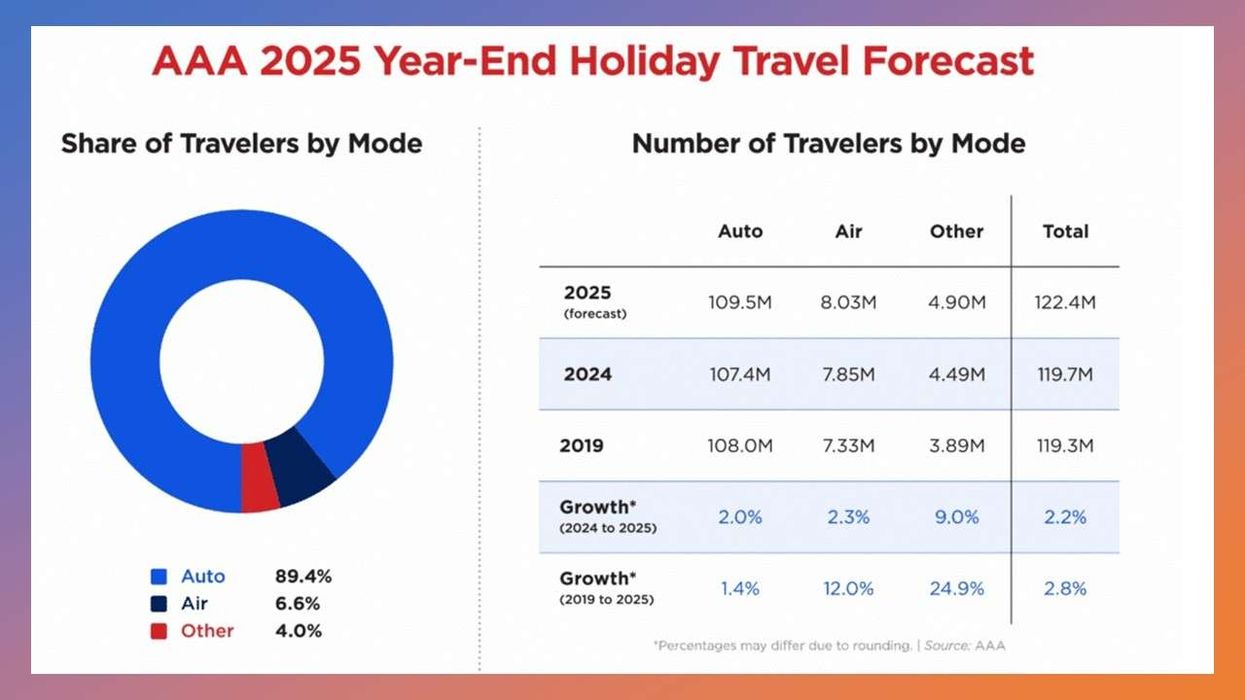THE U.S. HOTEL construction pipeline continued its growth at the end of the second quarter of 2022 as travel returned, according to Lodging Econometrics. The upscale and upper-midscale segments continue to lead the pipeline with 68 percent of projects.
The total U.S. construction pipeline stands at 5,220 projects with 621,268 rooms during the second quarter. That is up 9 percent by projects and 4 percent by rooms, over the same period last year, according to the U.S. Construction Pipeline Trend Report from LE.
There were 965 projects with 130,914 rooms currently under construction in the second quarter, down 17 percent by projects and 18 percent by rooms, year-over-year. As many as 2,009 projects with 232,163 rooms are scheduled to start in the next 12 months, up 9 percent by projects and 9 percent by rooms, over last year.
According to the report, projects and rooms in early planning reached a record high at 2,246 projects with 258,191 rooms, up 26 percent by projects and 15 percent by rooms, compared to last year.
"Improved demand and increased consumer sentiment and spending has led to record-high rates of travel and much improved hotel revenue over the last few months. The outlook for the industry is positive and growth is expected to continue throughout 2022, albeit at a decelerated pace than initially expected. The industry’s ability to adapt to the constantly changing economic environment provides a positive outlook for hotel performance, and its eventual full recovery," the report said.
New project announcements more than doubled in the second quarter of 2022 with 428 new projects with 47,034 rooms, compared to 202 new hotel projects with 25,653 rooms during the second quarter last year.
LE said a total of 1,889 projects with 237,420 rooms are in the renovation or conversion pipeline in the U.S. during the period, with project and room conversions reaching an all-time high, up 66 percent by projects and 35 percent by rooms, over last year.
During the first and second quarters of 2022, the U.S. opened 247 new hotels with 28,116 rooms. LE predicts that another 428 projects with 50,322 rooms will be opened this year for a total of 675 projects with 78,438 rooms, 1.4 percent increase in new supply.
The report further said that 733 projects with 87,253 rooms are expected to open in 2023, with a 1.5 percent increase in new supply. In 2024, LE said 848 projects with 93,581 rooms will be opened, with a supply increase of 1.6 percent.
"However, market volatility, persistent inflation, rising energy prices, elevated transportation costs, materials shortages, and supply chain backlogs continue to pose a challenge and slow the timeline to full recovery,” the LE report said. “Some hotels have noted a reduction in certain services and put a limit on the number of available room nights. Furthermore, although leisure travel has had a robust comeback in 2022, business travel is only slowly returning. Room rates have significantly increased with Average Daily Rates considerably higher than those recorded in 2019.
"Even though the U.S. and the hotel industry are facing some economic challenges that can be expected to continue into the near future, corporate and personal balance sheets are reasonably strong, the U.S. banking system is healthy, and the planning of new hotel projects continues. Hotel investors and developers are still eager to move forward on projects and are being more mindful when approaching a deal."
Earlier, LE said that U.S. construction pipeline was slightly up at the end of the first quarter as well.












